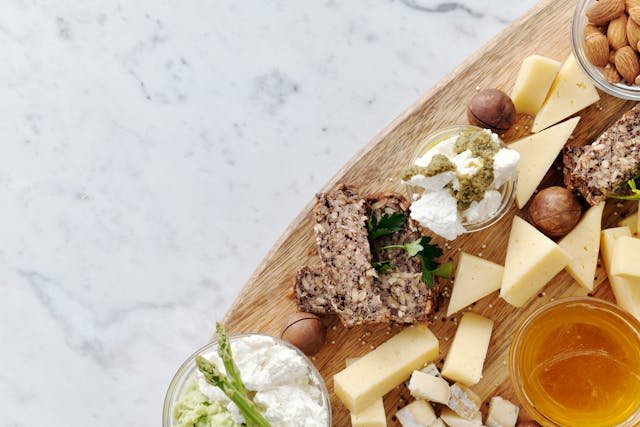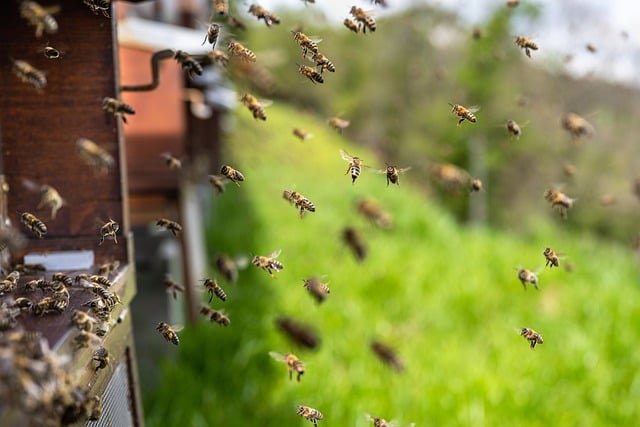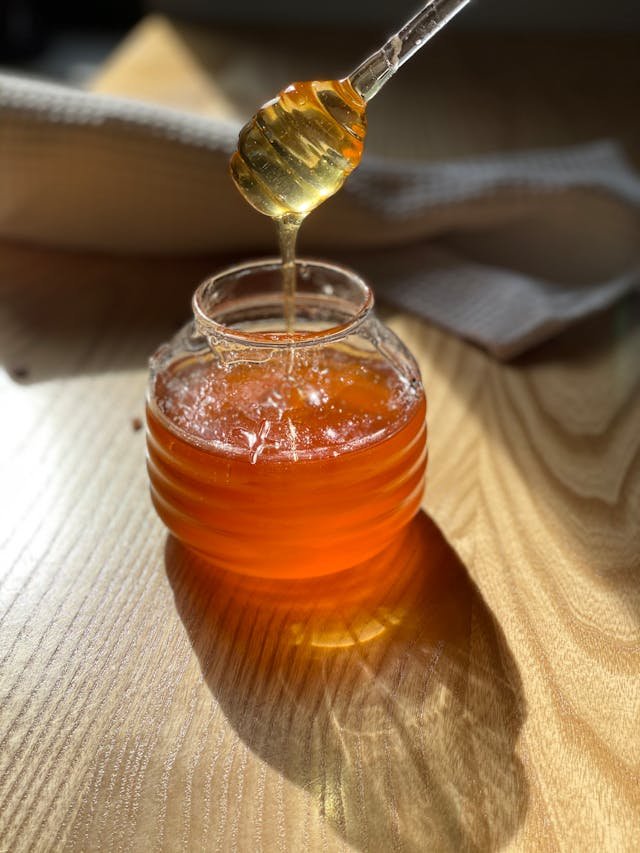The science behind honey is fascinating. Honey, a sweet treat made by bees, has many health benefits and various uses. Understanding how bees make honey helps us appreciate this natural product even more. In this article, we will explore the process of honey making, the role of enzymes, different types of honey, and its nutritional benefits. We will also answer some common questions about honey. Let’s dive into the amazing science behind honey and learn why it’s more than just a tasty food.
The Process of Making Honey
Honey is a thick, golden liquid made by bees. Bees collect nectar from flowers and turn it into honey through a special process. This natural food has a reputation for its sweet taste and long shelf life. Normally the making process as follows:
- Collecting Nectar: Bees visit flowers and use their long tongues to collect nectar. Nectar is a sweet liquid found in flowers.
- Storing Nectar: Bees store the collected nectar in their honey stomachs. This is different from their regular stomachs.
- Returning to the Hive: Bees fly back to their hive with the nectar.
- Passing Nectar: Bees transfer the nectar to other bees in the hive.
- Storing in Honeycombs: Bees place the nectar into hexagon-shaped cells called honeycombs.
- Evaporating Water: Bees fan the nectar with their wings to evaporate water from it.
- Making honey: The nectar thickens and turns into honey.
The Role of Enzymes
Enzymes are proteins that speed up chemical reactions. Bees add enzymes to the nectar, which helps break it down into simple sugars. This transformation is key to making honey.
Why does honey last so long?
Honey can last for longtime without spoiling. This is due to several factors:
- Low Water Content: Honey is very thick and contains very little water. Bacteria and microorganisms cannot survive in such a dry environment.
- High Acidity: Honey is naturally acidic, with a pH between 3 and 4.5. This acidic environment prevents bacteria from growing.
- Hydrogen Peroxide: Bees add an enzyme called glucose oxidase to the nectar. This enzyme produces hydrogen peroxide, which helps kill bacteria.
Types of Honey
There are many types of honey, each with its own unique flavor and color. The type of flowers bees collect nectar from determines the honey’s characteristics. Here are a few popular types:
- Clover Honey: Light and sweet, made from clover flowers.
- Manuka Honey is dark and rich. It is made from Manuka tree flowers, which are known for their medicinal properties.
- Acacia Honey: Light and mild, made from acacia tree flowers.
- Buckwheat Honey: Dark and strong, made from buckwheat flowers.
Nutritional Benefits of Honey

Honey is not just tasty; it is also nutritious. It contains vitamins, minerals, and antioxidants. Here are some key benefits:
- Rich in Nutrients: Honey contains vitamins B and C, calcium, and iron.
- Antioxidants: These substances help protect your cells from damage.
- Natural Sweetener: Honey is a healthier replacement to sugar.
Honey’s medicinal properties
People have used honey as a natural remedy for centuries. Its antibacterial properties make it useful in medicine. Here are many ways honey can help:
- Honey can help heal wounds and burns. It does so by creating a barrier against infection.
- Sore Throat Relief: Honey can soothe a sore throat by coating it and reducing irritation.
- Cough Suppressant: Studies show honey can be as effective as some cough medicines.
Honey in Modern Science
Recent studies have shown that honey can help with allergies and improve gut health. Scientists uncover fresh advantages of honey with each new finding. Here are some recent findings:
- Eating local honey can help. It may build tolerance to local pollen and reduce allergy symptoms. We need to do more research to confirm this.
- Honey can help the growth of good bacteria in the gut. This improves digestion and overall health.
Conclusion
Honey is more than just a sweet treat. It has many health benefits and fascinating properties. From its antibacterial properties to its long shelf life, honey is a natural wonder. Understanding the science behind honey helps us appreciate this amazing food even more. Enjoy honey, and remember the incredible process and benefits behind it.
Frequently Asked Questions (FAQ)
- Is honey better than sugar?
- Yes, honey is sweeter than sugar. It also has vitamins and minerals, making it healthier.
- Can honey help with allergies?
- Some believe eating local honey can help with allergies. It does this by building tolerance to local pollen. But, more research is needed.
- How long does honey last?
- Honey lasts a long time due to its low water content and high acidity, which prevent bacteria growth. It can remain pure for thousands of years.
- Is honey safe for babies?
- Honey is not safe for babies under one year old due to the risk of botulism.
- Can honey help with sore throats?
- Honey can soothe sore throats by coating and reducing irritation. Studies show it can be as effective as some cough medicines.



